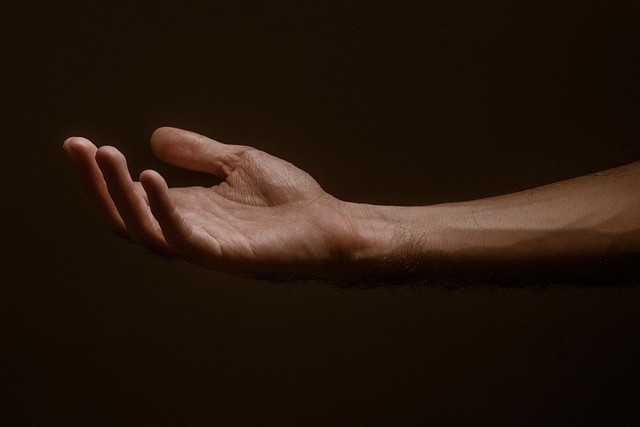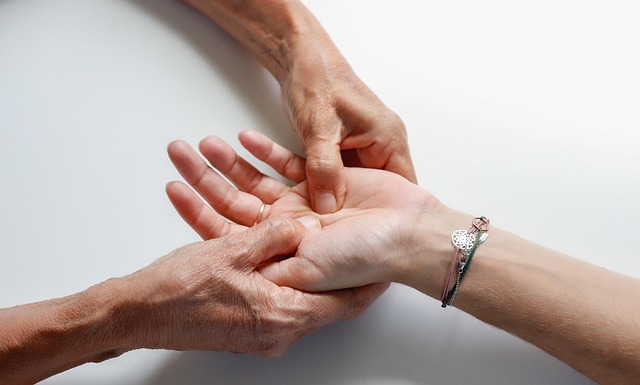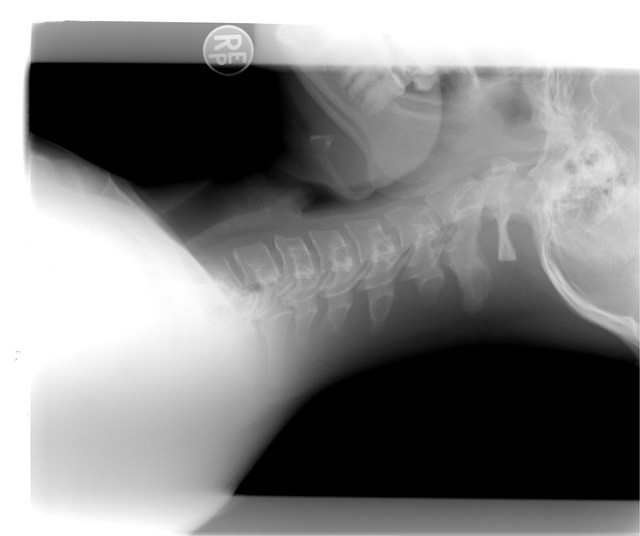In 2001, Kalauokalani, et. al., conducted study about Chronic low back pain which is a complex medical issue often challenging to manage due to various factors, including psychological influences and the absence of a definitive superior treatment. In light of these challenges, a recent sub analysis of a randomized clinical trial examined the potential link between a patient’s expectations and the effectiveness of specific treatments – acupuncture and massage – in improving functional outcomes for individuals suffering from chronic low back pain.
In this study, 135 participants diagnosed with chronic low back pain were randomly assigned to receive either acupuncture or massage therapy. Prior to the commencement of treatment, each participant was asked to rate their expectations of the perceived effectiveness of each therapy on a scale of 0 to 10. The primary outcome measure used to assess the impact of the treatments was the modified Roland Disability scale, which quantifies levels of functional impairment.
Upon analyzing the collected data while accounting for baseline characteristics, the researchers made noteworthy observations. Participants who harbored higher expectations regarding the effectiveness of the treatment they were about to receive exhibited improved functional outcomes at a rate of 86%. In contrast, those with lower expectations demonstrated a lower rate of improvement, at 68% (P = 0.01). An intriguing finding was that patients who anticipated greater benefits from massage compared to acupuncture tended to experience better results with massage, and vice versa (P = 0.03).
These findings propose that patient expectations hold considerable sway over clinical outcomes, operating independently from the inherent efficacy of the treatment itself. The study also emphasizes that a general optimistic outlook towards treatment, regardless of the specific therapy, doesn’t exhibit a strong correlation with improved outcomes. This discovery could bear significant implications for the design and execution of clinical trials, as well as patient recruitment. Additionally, it offers insights into why certain conventional and alternative therapies may seem efficacious in trials where patient expectations aren’t controlled for. In a clinical context, these results could aid in making informed decisions about therapy choices for patients suffering from chronic low back pain.
The study underscores the crucial role of patient expectations in influencing treatment outcomes for chronic low back pain. By shedding light on the intricate interplay between expectations and therapy efficacy, these findings hold potential to reshape the design of clinical trials and the strategies employed in patient care. Ultimately, recognizing the impact of patient expectations could lead to more tailored and effective treatment approaches for individuals grappling with chronic low back pain.
Reference: Kalauokalani, D., Cherkin, D. C., Sherman, K. J., Koepsell, T. D., & Deyo, R. A. (2001). Lessons from a trial of acupuncture and massage for low back pain: patient expectations and treatment effects.




